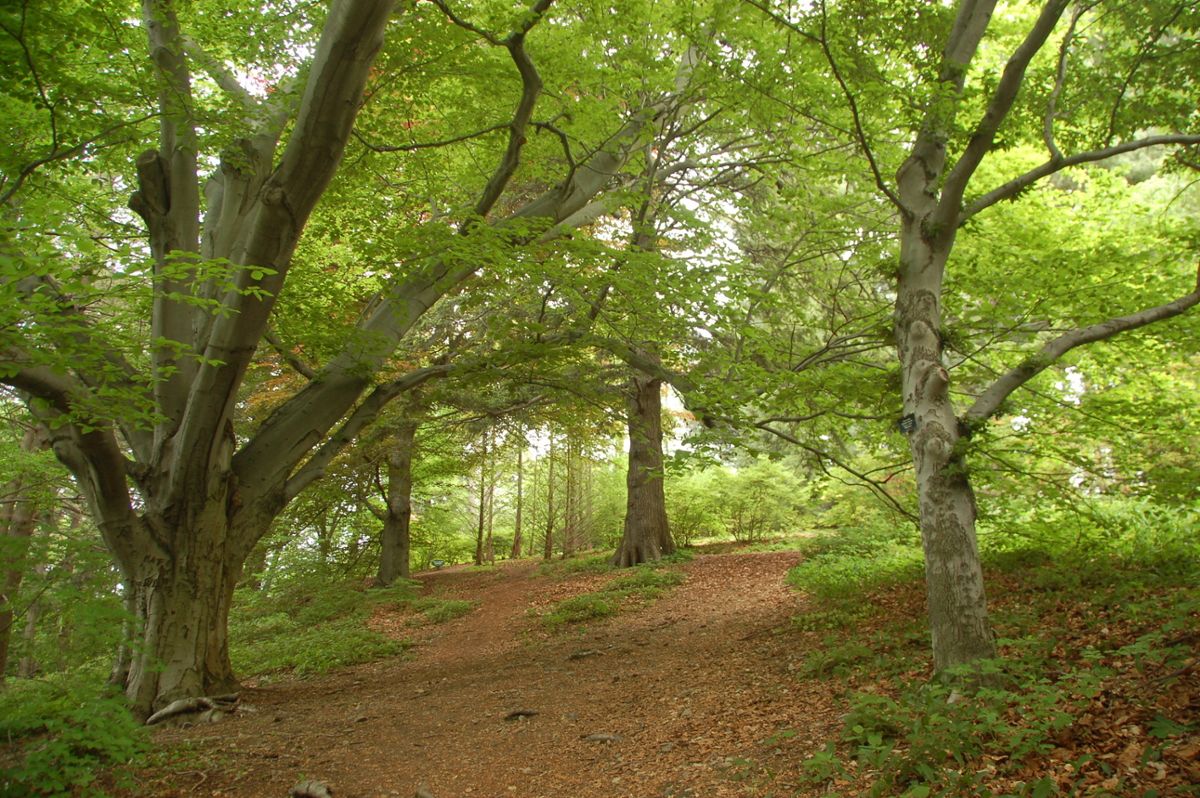Have you noticed changes to the climate? Warmer winters with less snow? More severe hurricanes in the Gulf? More fires out West? While we can seek shelter to escape climate change’s impacts, plants and wildlife aren’t so lucky. The range of climate conditions in which they can survive, called their “climate niche”, must evolve, or they must migrate to stay within their current niche.
But, several factors may impede climate migrations. Researchers at Harvard University’s Harvard Forest modeled the rate at which 32 tree species in New England are predicted to shift their ranges northward over the next century. Their model accounted for how climate change will impact basic functioning, such as the process of photosynthesis in which plants produce their own food. The model also took into consideration species' ability to compete for light and water, and distance of seed dispersal. They then analyzed which of these factors in their model most impacted shifts.
The team found that forecasted rates of range shifts for all species, including common trees such as oaks and pines, fell far below the predicted rate of climate change. On the northern edge of ranges, the size of shifts was associated with species’ ability to perform photosynthesis and compete for light. Meanwhile, on the southern edge, in addition to these traits, seed dispersal distance was also important.
So, under a changing climate can forests make like a tree and leave? This work suggests that tree species in the northeast will be unable to flee warming regions for more suitable conditions. Future forests are likely to consist of species with wide “climate niches” that allow them to survive in more extreme climate conditions.










